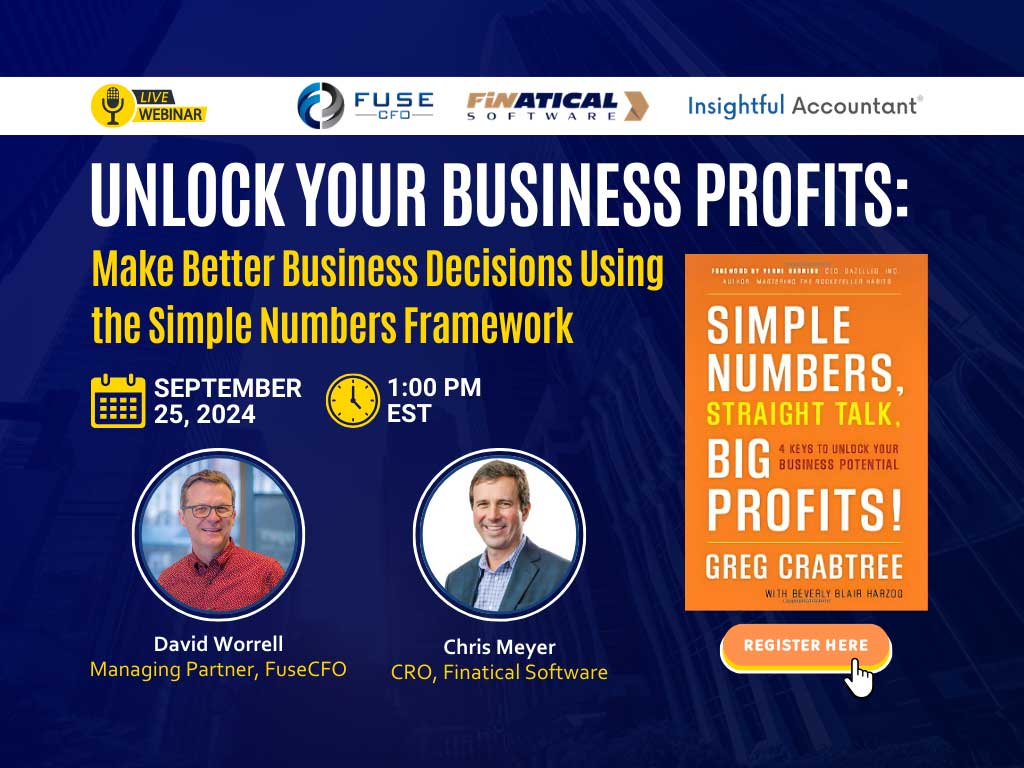
Accounting Jargon: A Simplified Reference Guide

The language that financial professionals use can be confusing. It is difficult to receive advice when you can’t understand their terminology. We’re here to translate the complex accounting dialect into plain English by Accounting Jargon.
Whether you’re a seasoned entrepreneur or have owned several businesses, this guide will decipher some of the most common (and essential) terms. Let’s break down those barriers and make this accounting jargon something you can handle, not just something you hear during tax season or in board meetings.
Balance Sheet Terms in Accounting Jargon
Understanding the essentials of the balance sheet in accounting jargon helps clarify the financial standing of a business through assets, liabilities, and equity. Here are some important terms that are related to the balance sheet:
- Assets: Assets are what the business owns. These resources power your venture, from the cash in the bank to the computers your team uses.
- Liabilities: These are the IOUs your business has. Whether it is a loan you’ve taken out to spruce up your storefront or the credit card bill for your latest marketing drive, liabilities remind us of our financial responsibilities to others. This could be as simple as a loan you took out to renovate your office or store.
- Equity: This is what is left for the business owners after all the debts are paid off. It’s your piece of the pie, representing your claim on the business’s assets. If you have $100,000 in assets and $90,000 in liabilities (debts), you have $10,000 in equity.
Income Statement Terms
Knowing the key components of the income statement is crucial for analyzing a business’s financial performance. Terms related to the income statement are given below
- Revenue: Imagine every time you make a sale, the money is going straight into your bank account. Revenue is the total income your business earns. If you own a software company, your revenue may come from licensing and subscription fees.
- Expenses: To make money, you’ve got to spend money. Expenses cover everything from the rent for your shop to the salaries of your team, who make it all happen.
- Net Income: This remains after you’ve settled all your bills. It’s the profit your business makes; ideally, it’s a positive number that shows you’re on the right track.
- COGS (Cost of Goods Sold): These are the direct costs tied to what you’re selling. It’s the cumulative cost of the materials and labor required to produce a product or to deliver a service.
- Gross Margin: This metric tells you how much you make on each sale before other expenses are considered. It’s a key indicator of your business’s health and profitability. If you’re selling bags of coffee beans for $10 and it takes $4 to produce each one, then your gross margin is $6.
- Overhead Expenses: These costs aren’t directly linked to making sales but are necessary to keep the business running, like internet service or utility bills. Think of the rent and utility bills you must pay regardless of how much you produce or sell.
Other General Terms
Other general terms that are mostly used in Accounting Jargon are given below:
- Cash Flow: It’s all about the cash coming in and going out. Positive cash flow means your business is liquid, keeping you in a solid position to cover your bills and invest in growth.
- Debit and Credit: The backbone of double-entry bookkeeping. Debits and credits keep the books balanced, with each transaction affecting two accounts to keep everything in check. Debiting and asset accounts increase their value, and crediting decreases it.
- Accrual Basis Accounting: This method records income and expenses when earned or incurred, not necessarily when cash changes hands. It gives a more accurate picture of your business’s financial health. If you provided a service in January but are paid for it in February, it counts as January revenue.
- Balance Sheet: A snapshot of your business’s financial condition at a specific moment, showing what you own (assets(, what you owe (liabilities), and your equity.
- Income Statement: This is commonly called a profit and loss statement. It details your revenue, expenses, and profits over a period, highlighting the financial performance of your business. If you earned $200 in revenue but had $160,000 in expenses, your net income would be $40,000.
- General Ledger: It’s the primary record of any company that uses double-entry bookkeeping. Think of it as the master document of your company’s financial transactions and the foundation of your accounting.
- Accounts Receivable/Payable: Money expected to come into your business from customers (receivable) and money your company owes to suppliers or vendors (payable).
FuseCFO
Understanding financial language helps you communicate with your accountant and provides you with an understanding of key concepts. With an accounting jargon guide, we hope you feel more confident discussing your company’s financials and making informed decisions.
Remember, finance isn’t just about numbers; it’s about the story those numbers tell about your business’s past, present, and future. Let’s keep the conversation going and turn those financial statements into strategic tools for growth. Schedule a free business analysis with us today.




